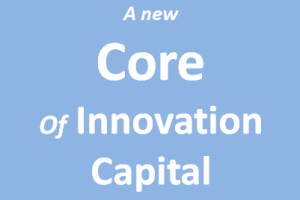
Today most executives seem to be time-starved. They are constantly reacting to daily events, to fix upon the focusing and fixing of short-term performance. This applies to the top executive down to the most junior. The sheer difficulty of having most, if not all of your colleagues working remotely is making it so much harder. Keeping the business simply going is hard, demanding work. What time is there left to think beyond the present?
How can you keep the engagement, how can you find an environment that is creative, stimulating and allows for innovation? Juggling so many crisis events in different ways is exhausting.
Who is encouraging your pause button to go on as we lose more of those relaxing moments to top up our stimulations, as we all continue to isolate, with our lack of socializing, travelling, being in each others company continues to leaves us so devoid of real human interactions, apart from countless Zoom, Skype, or Team meetings? We need to replace this “void” with better thinking time to re-stimulate our curiosity and logic senses.
It just seems to me they simply don’t have this luxury to think.
Technology is rapidly taking over this thinking role, we increasingly rely on searches to at least begin our thinking. Humans are becoming the 2nd class citizen for thinking.




